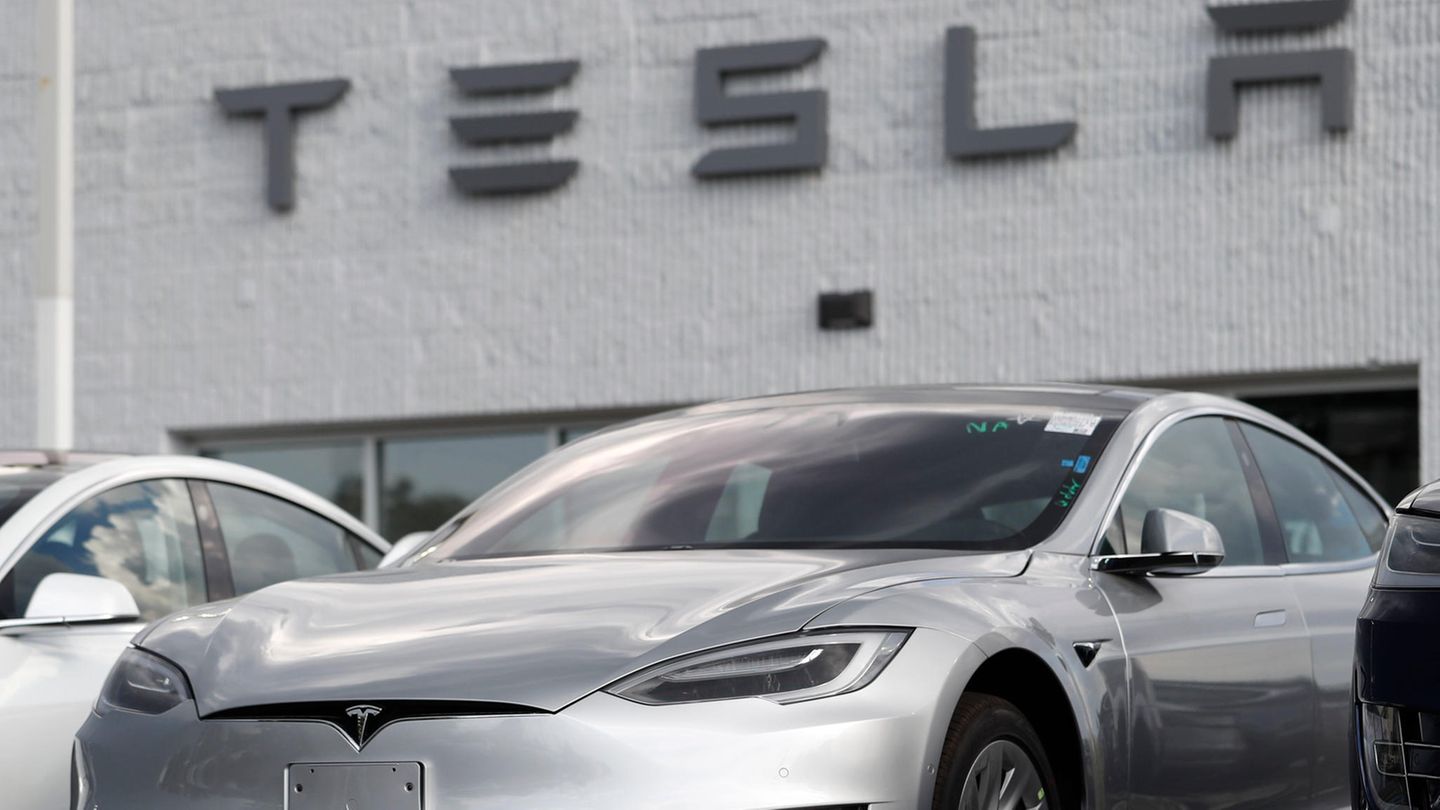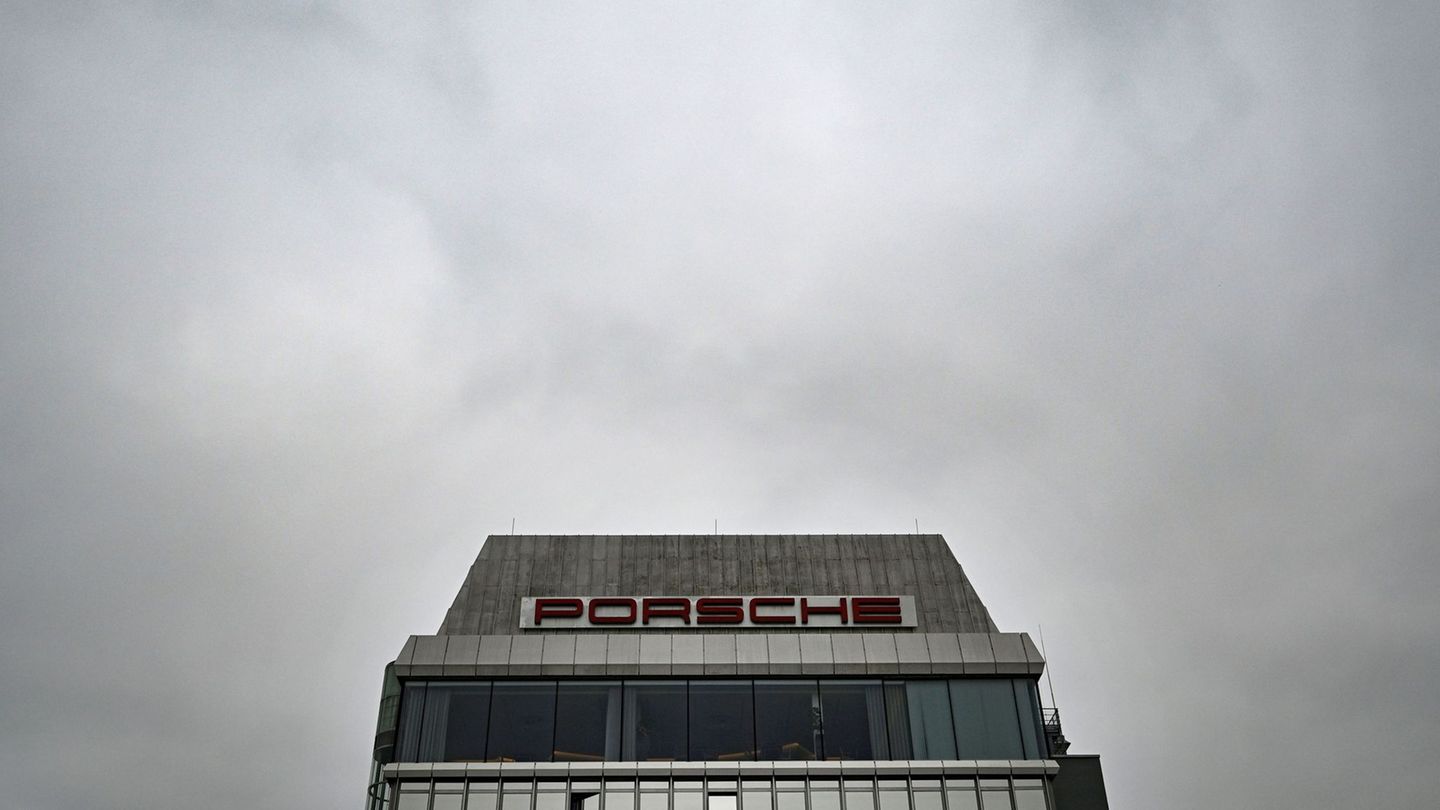Fewer cars are being sold, but waiting times are increasing – especially if you want a diesel. Only Tesla was able to get the problem of the global semiconductor crisis under control.
Corona and the lack of semiconductors are plunging the auto industry into crisis. This results in a paradoxical situation: on the one hand, customers have to accept very long waiting times, on the other hand, the proportion of so-called self-registrations is increasing. These are new cars that are registered at a dealer because they cannot find a buyer. There they are in the yard and then come onto the market not as new, but as rarely used (daily registration). According to the current report by CAR-Center Automotive Research, Duisburg, 24,270 fewer new cars were registered in the German car market in September than in the same period of the previous year. According to the extrapolation, fewer than 2.85 million new cars will be registered in Germany in 2021. This will make 2021 the worst year for cars since reunification.
In September, own registrations were 26.7 percent – with some brands such as Suzuki (62 percent), Mazda (41 percent) and Honda (36 percent) there are significantly more. At the same time, the prices paid increase, i.e. the discounts granted compared to the list price decrease. The Internet discounts for the 30 best-selling new cars are currently at a ten-year low, according to CAR.
Waiting times for diesel
As a private customer, you also have to be prepared for long waiting times if you don’t want an electric car. Diesel and plug-in hybrids have the longest waiting times with an average of 12.5 and 12.1 weeks respectively. With the plug-in hybrids, the waiting times have almost doubled compared to the previous month. Fully electric new vehicles are now available very quickly with a delivery time of 7.6 weeks. These are almost normal values; a certain waiting time cannot be avoided with an individually configured vehicle. This also shows the unequal treatment by the manufacturers. You feed the available chips into the future model of the electric car, the diesel then has to wait. But without the overall low demand, the waiting times would be even longer, because the amount of available semiconductors is small.
Your production and worldwide sales do not keep up with the approaching production. It is no wonder that the auto industry has been particularly hard hit. Here, the proportion of the supplier companies in the product has been greatly increased, and this production method reacts accordingly sensitively to disruptions in the global supply chain. In addition, a car is a particularly complex product with several control modules.
Who has ordered little, now also gets little
“It is not surprising that Germany, Japan, the USA and China, as major vehicle manufacturers, have felt the economic effects of the chip shortage,” explains Gargi Rao, economic analyst at Global Data, “vehicle sales stalled as early as August 2021 and inventories are expected to continue to tighten in the coming months. ” According to Global Data, the sales market for cars and light commercial vehicles declined by an average of 26 percent in both Western Europe and North America in September. “We’re seeing vehicle manufacturers’ production plans continue to be disrupted in the fourth quarter due to chip shortages,” said Global Data automotive analyst David Leggett. “Long lead times for expanding semiconductor manufacturing capabilities mean there is no quick fix to supply bottlenecks . ” In fact, the supply problems for the auto industry are likely to persist in early 2022, even if the bottlenecks at some companies gradually ease. “
Tesla does more itself and needs fewer suppliers
Only Tesla is little affected by the crisis. This is due to a clever purchasing policy and the company’s high degree of flexibility. Unlike the competition, Tesla did not cut the binding orders during the crisis, but took the risk of betting on growth. Competitors who have corrected their quantities downwards in 2020 currently have no chance of re-ordering. Also because other industries such as solar technology have a high demand for semiconductors. There is also a special feature: Tesla, after all, also a chip manufacturer, has also ordered chips that can be used in a variety of ways outside of traditional automotive suppliers. Chips that can be programmed for different tasks. In this way, individual bottlenecks are cushioned. This shows that Tesla is initially a software and electronics company. For this purpose, Tesla produces the electronic heart of the control itself. The most important component of the electronics is produced in-house, as well as the cells of the batteries and the associated control. Tesla relied on a high level of in-house competence and production depth in the field of software and electronic components, which pays off in the crisis. The declared goal is to reduce the number of different control units in the car and to have as many tasks as possible performed by the central control unit. It is the heart of a Tesla and can also be updated online, among other things. This reduction to its own product makes Tesla much less dependent on fluctuations among suppliers.
I am a 24-year-old writer and journalist who has been working in the news industry for the past two years. I write primarily about market news, so if you’re looking for insights into what’s going on in the stock market or economic indicators, you’ve come to the right place. I also dabble in writing articles on lifestyle trends and pop culture news.




